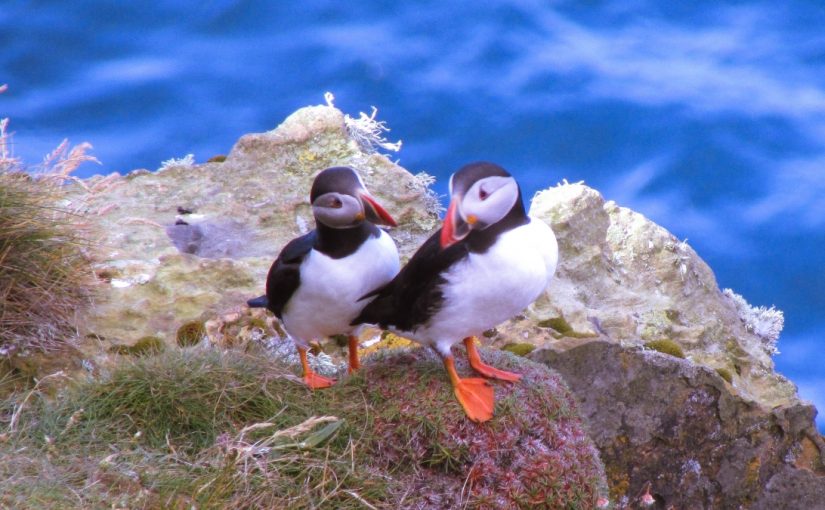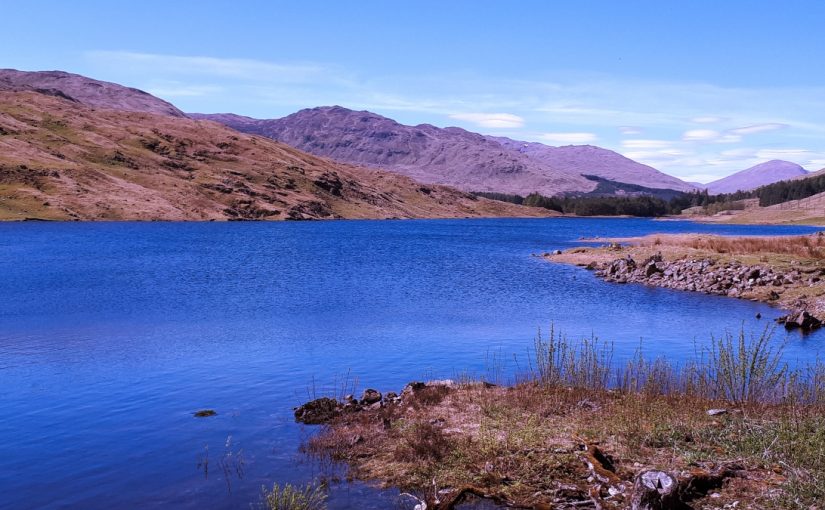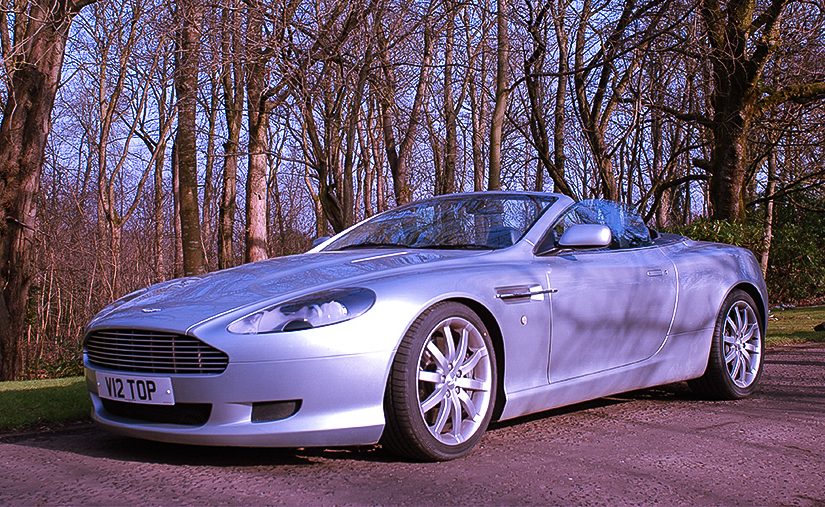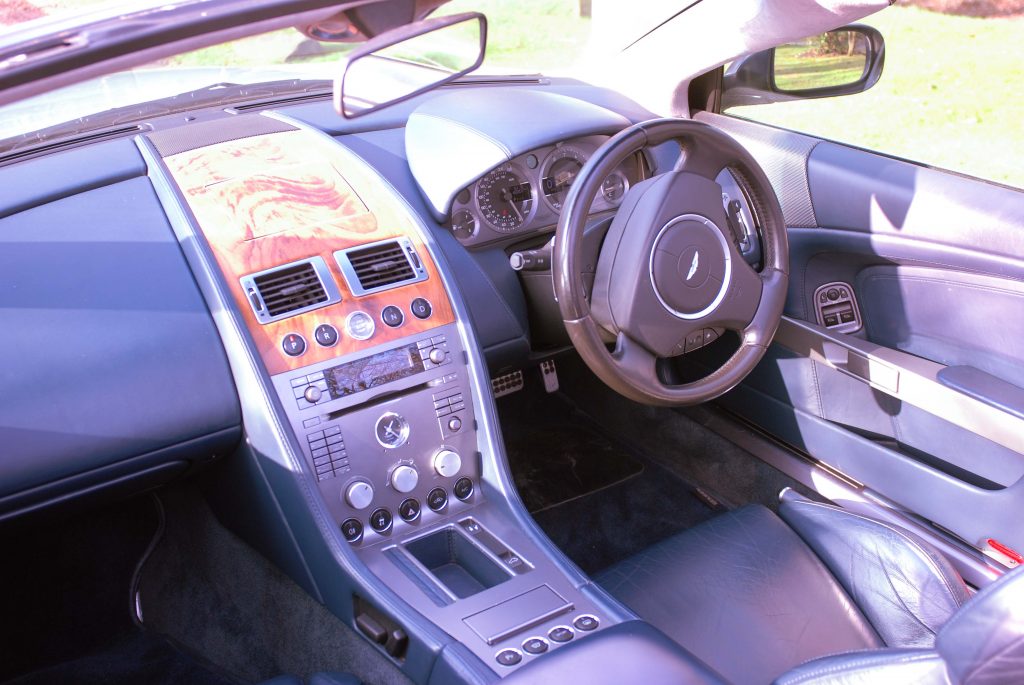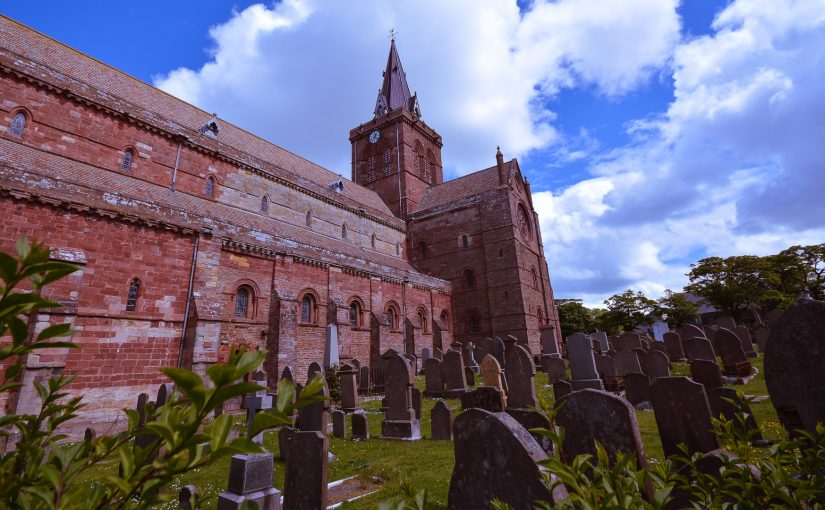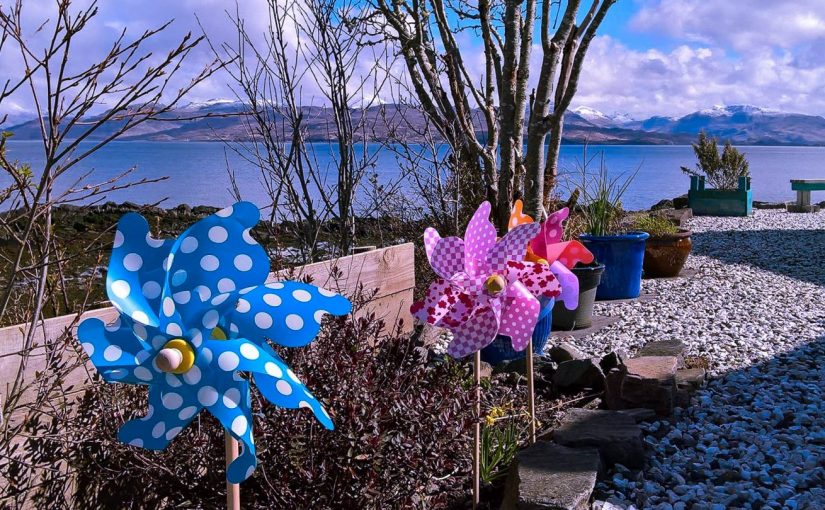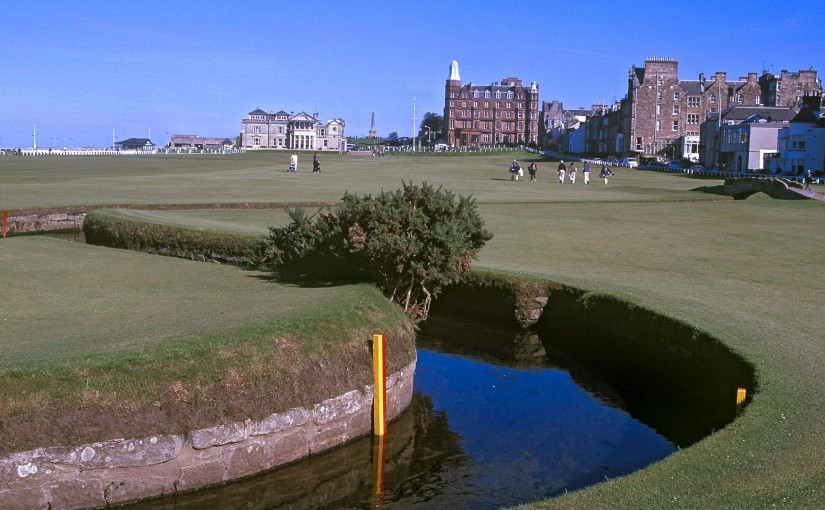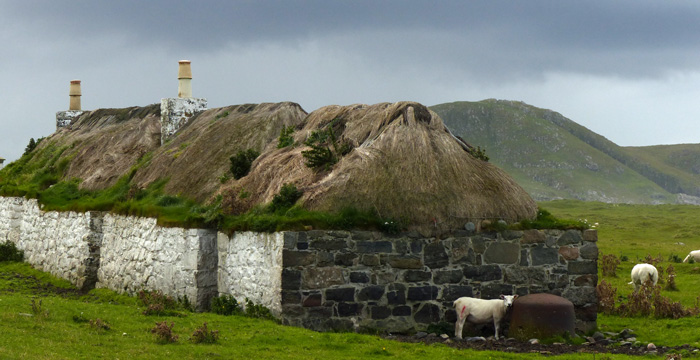Recently I was fortunate enough to visit a part of the country that although a little lesser known has a wealth of attractions to offer its visitors. The county of Caithness can be reached by train, car, or air, with regular direct flights to Wick airport from Edinburgh. After choosing the latter of these options, we hired a car and spent the next few days exploring this wonderful part of Scotland.
The coastline around this region offers stunning landscapes at every turn, from sandy beaches to staggering cliffs where wildlife watching is a must. At Duncansby Head you can admire views over the cliffs and sea stacks whilst listening to the echoes of thousands of seabirds on the rocky face below your feet calling as they confront the coastal winds against them. For me the stacks that hug the coastline here, emerging out from the waves below, are definitely the highlight and a well-deserved reward should you choose to walk by way of the coastal path from nearby John o’ Groats. The renowned John o’ Groats is a perfect spot for a bite to eat, to pick up a souvenir and take an obligatory photo by the iconic signpost before heading off to take in some of the rich local history that Caithness has to offer.
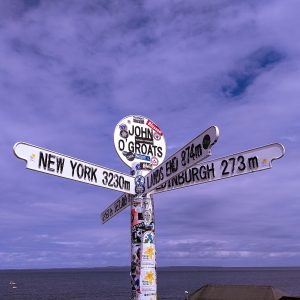
Historical and archaeological sites, including ancient cairns, brochs, standing stones and castles, can be found almost anywhere, with plenty still waiting to be explored. For something a bit more recent there is the Queen Mother’s Highland home, The Castle of Mey, that is a living time capsule, still visited regularly by Prince Charles and other members of the royal family.
Despite being somewhat of a history enthusiast, the most memorable moment of my trip was our visit to Dunnet Head. The most northerly point of mainland Britain, this isolated and striking peninsula offers breath-taking 360 degree views over to the Orkney Islands, and back over the mainland. Just a stone’s throw from here, along the clifftop away from the lighthouse and main viewpoint, we managed to see hundreds of puffins perched on the cliffs below. Anyone who knows me will be aware of my love of puffins, which I’ve had ever since my parents took me to Orkney as a child. After a few failed attempts to see them in the past (including on last year’s trip to Mull), to see so many somewhere I wouldn’t have previously have expected to was a real treat! We could have sat here for hours admiring these incredible birds whilst avoiding the crowds and bumpy boat journeys that some of the more well-known puffin hotspot tours require. As well as puffins, Dunnet Head’s dramatic cliffs are also home to thousands of other seabirds including guillemots and razorbills.
Caithness truly is a region of hidden gems waiting to be fully explored. Whether you’re an adventurer ready to brave the elements and visit forgotten brochs or you prefer taking in breath-taking scenery from the comfort of your car, you better get adding to that travel list!
By Rhona @ McKinlay Kidd

